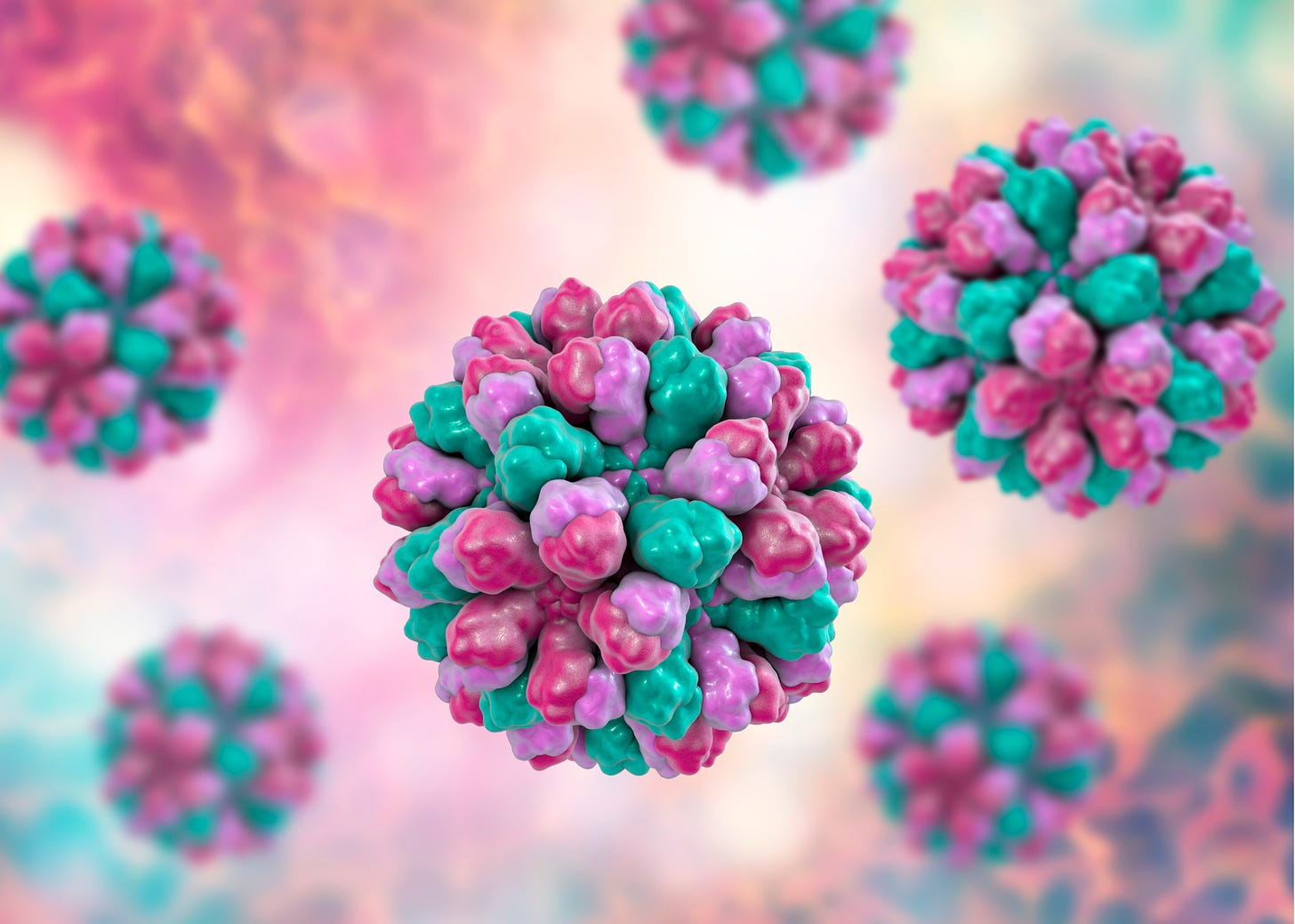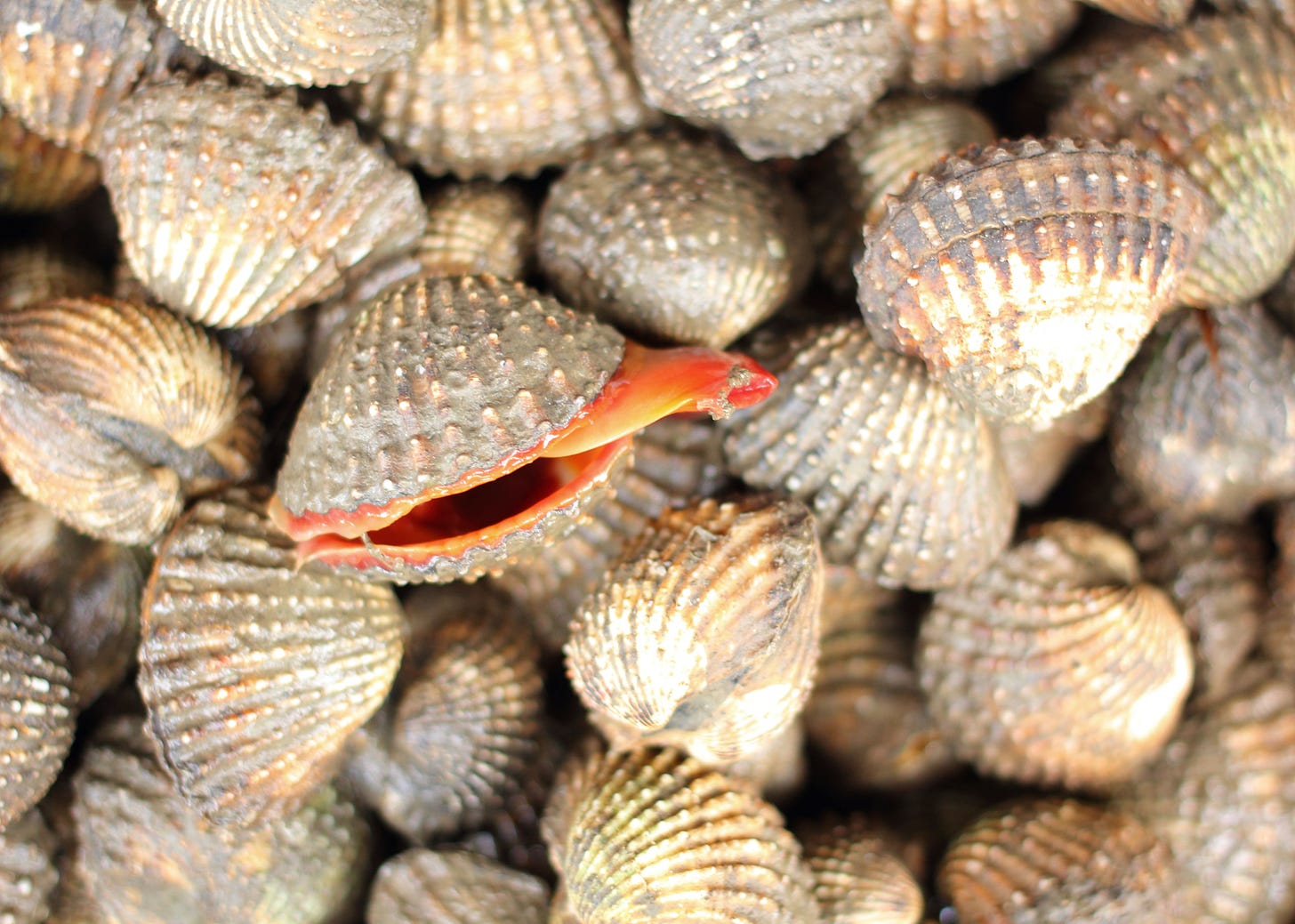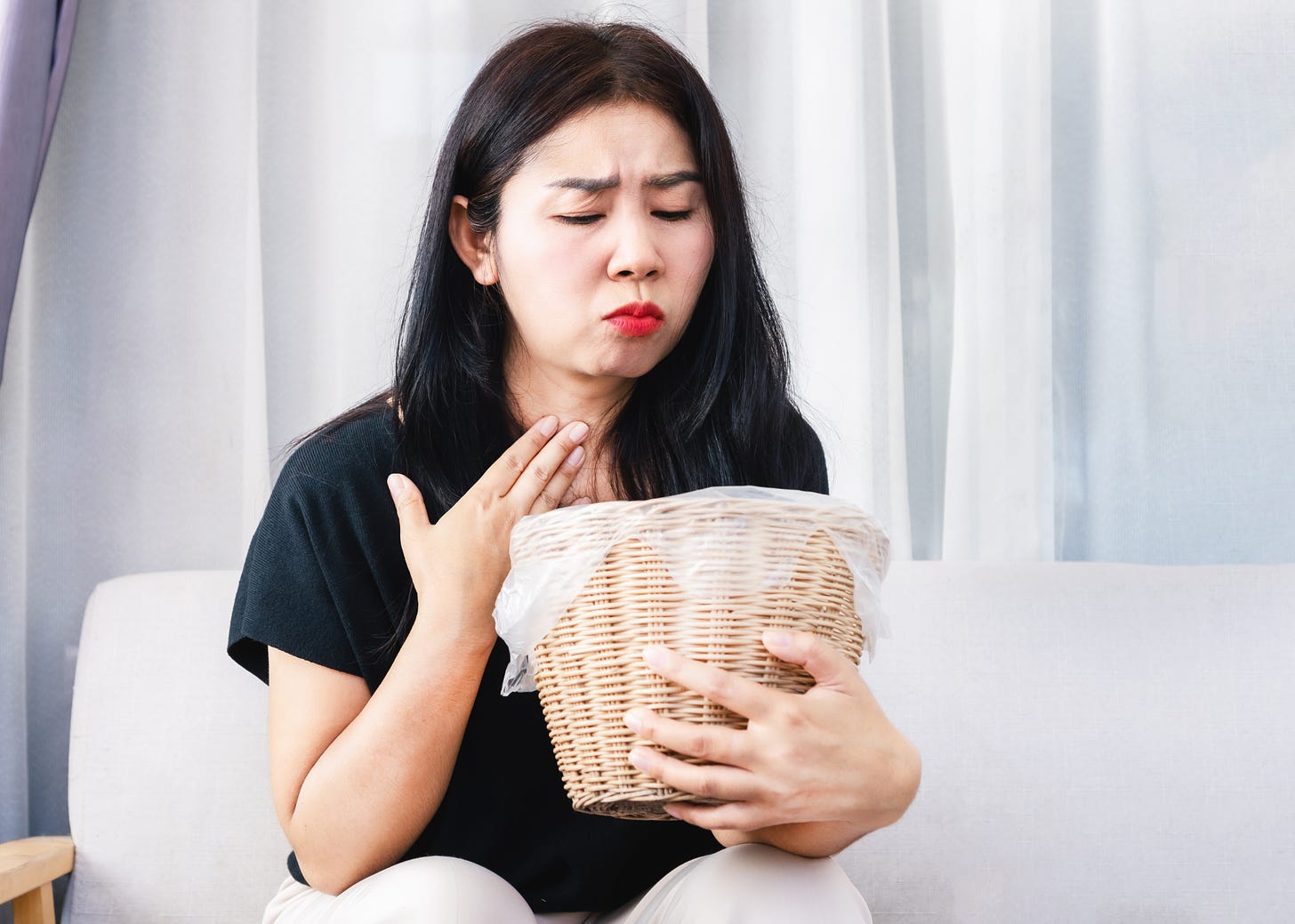Understanding Norovirus and Ensuring Food Safety
Don't catch the stomach flu this holiday season. 🎄
Norovirus, scientifically known as Norwalk virus, is a highly contagious pathogen belonging to the Caliciviridae family. This small, round virus possesses a single-stranded RNA genome enclosed within a protein coat or capsid. Its genetic diversity is notable, with multiple genogroups and genotypes contributing to its ability to cause recurrent outbreaks and evade immunity.
The genetic variability of norovirus is a key characteristic that influences its ability to cause diverse outbreaks. With multiple genotypes in circulation, the virus remains a significant public health concern, necessitating continuous efforts to understand and mitigate its impact.
How is Norovirus transmitted?
The primary mode of norovirus transmission is through the fecal-oral route, commonly facilitated by contaminated food, water, or surfaces. Person-to-person transmission is also frequent, particularly in crowded or enclosed environments. The virus's ability to survive on surfaces for extended periods and resist common disinfectants contributes to its environmental resilience.
Certain food items, notably shellfish, serve as potential reservoirs for Norovirus. As filter feeders, shellfish actively filter large volumes of seawater. In regions characterized by suboptimal sewage management, the introduction of Norovirus into the marine environment, where shellfish proliferate, becomes a concern.
This scenario results in the accumulation of norovirus particles within the shellfish, elevating the risk of infection for individuals who ingest these contaminated shellfish. Of particular significance are shellfish varieties commonly consumed in a raw or undercooked state, such as oysters and cockles.
How do you identify the symptoms of Norovirus infections?
Norovirus infections lead to acute gastroenteritis, marked by symptoms such as nausea, vomiting, diarrhea, and stomach cramps. Although the illness is typically self-limiting and resolves within a few days, severe cases can result in dehydration, especially among vulnerable populations. Individuals infected with norovirus can shed the virus in their stool and vomit even before symptoms manifest, posing challenges to early detection and containment.
Norovirus has a short incubation period, ranging from 12 to 48 hours after exposure. This rapid onset of symptoms, coupled with the virus's ability to spread even before symptoms appear, makes it imperative to implement swift and effective preventive measures.
Prevention and Control Strategies: A Collective Effort
Preventing norovirus outbreaks involves a combination of strategies. Thorough handwashing with soap and water, especially after using the restroom and before handling food, is crucial.
Additionally, proper food handling practices, meticulous cleaning and disinfection of contaminated surfaces, and avoiding close contact with infected individuals play pivotal roles in controlling the spread of the virus.
Understanding the scientific aspects of norovirus is essential for implementing effective public health measures. By emphasizing preventive actions and raising awareness about transmission dynamics, we can collectively work towards minimizing the impact of norovirus during the holiday season and beyond.







